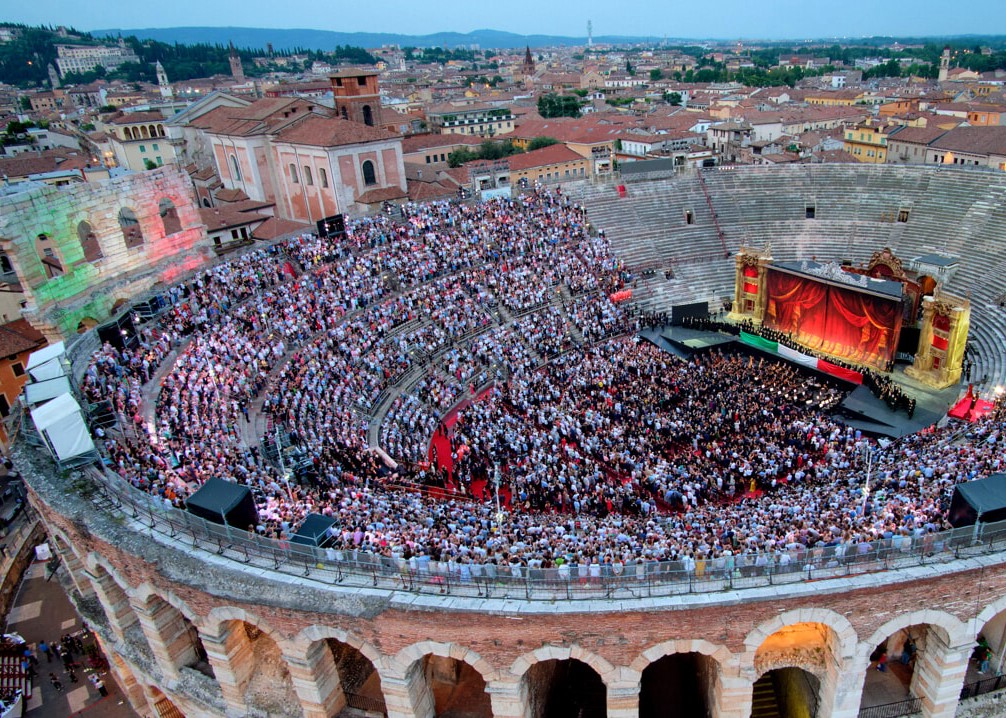
 Riccardo Buttarelli
Riccardo Buttarelli
Italian entertainment: The art of opera singing is Italy’s candidate to UNESCO world intangible heritage
- WTI Magazine #150 Apr 23, 2022
-

 Riccardo Buttarelli
Riccardo Buttarelli
Since UNESCO came into existence in 1972, Italy holds the world record of 58 World Heritage Sites out of 1154 so far assigned, due to its unique beauty. These sites are divided into two major categories: cultural heritages, such as Villa d'Este in Tivoli, near Rome, and natural heritages, such as Mount Etna in Sicily. In addition to these two main categories, UNESCO also includes intangible cultural heritage. What does this mean?
It means the set of customs and traditions that characterize the way of life of a community compared to another. It is the exaltation of traditions and differences that enrich an increasingly globalized world that needs to know its uniqueness to respect the different ways of living together. It may concern language, social practices, the art of producing or doing something in a unique way in the world.
Italy has received as many as 15 awards to date in this field, characterized not by the objects and the final product that makes us famous in the world, but in the art of making it. For example, Italy has not seen pizza recognized as a UNESCO World Heritage Site, but rather the art of the Neapolitan "pizzaiolo" in making it. And so it happened with the candidacy of opera singing.
"The Art of Italian Opera Singing" is the name of the dossier that the Board of Directors of the Italian Commission of UNESCO has decided to submit to the attention of the Intergovernmental Committee for the Safeguarding of the Intangible Cultural Heritage 2023. In other words, Italy has asked to make the Italian ability to sing opera, a distinctive trait of our culture, become heritage of humanity.
Since classical times, theaters and opera have been a pillar of our culture, but it was in the 17th century that this artistic form became the vehicle for spreading the language of Central Italy throughout the rest of the Peninsula. Thanks to regional theaters then, Italy was able to expand its culture abroad, due to the emigration of opera singers and theatre producers. In the past centuries neither the Italian theaters nor the locals were able to understand a language different from their own, and it is thanks to the art of gesticulating and opera singing that our culture has been able to be appreciated in the world.
The art of opera singing has historically played a function of social aggregation, because it brings together musical skills and stories that refer to literature. The development of singing allows and allowed to be able to sing even without technological instruments of voice reproduction, thanks to the power of the voice of opera singers.
The preservation of this Italian art does not pass only through the rediscovery of the masterpieces that have characterized Italian Opera throughout the centuries. Puccini's Tosca, Giuseppe Verdi's Aida and La Traviata, Bellini's Norma and many other masterpieces are valued and safeguarded also by investing in the current singers, in the structures and in the funds to be allocated to this sector.
Many performers have had many difficulties in recent years in carrying out this activity, also due to the pandemic. The increase in enrollment in conservatories is very promising, and this push, along with a large information campaign, will be needed to help Italy regain the leadership of a market in which it is not currently a protagonist. Many Italian and Italian American opera singers are working hard to make the general public aware and rediscover the masterpieces that have marked the history of our origins.
This cultural heritage we have can be enhanced not in 2023, but from 2023 onwards. It must not be the point of arrival, but the starting point of a path that can put the art of opera singing back at the center of Italian linguistic culture, to enrich it and allow, today as then, those who are not Italian to be able to know, appreciate and learn our culture.